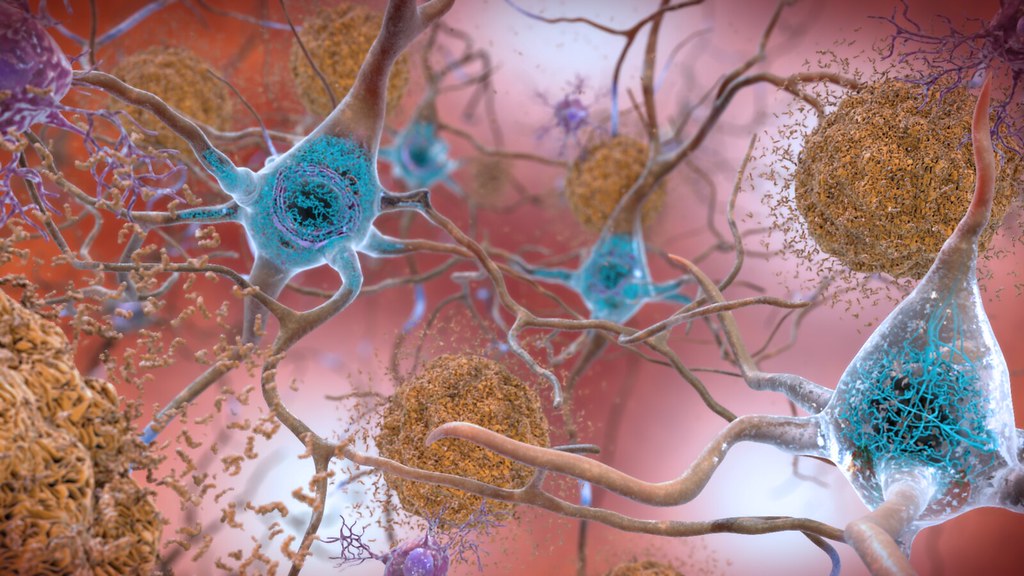FAQs
1. Can lifestyle or environmental factors influence the risk of protein misfolding disorders?
Yes, environmental stresses such as high temperature, changes in pH, oxidative stress, and aging can all increase the likelihood of protein misfolding. Additionally, an imbalanced gut microbiome may contribute to the risk, especially in neurodegenerative conditions.
2. Are all protein aggregates harmful to cells?
Not necessarily. While some aggregates, especially small soluble oligomers, are highly toxic, larger inclusion bodies may actually sequester toxic species and serve a protective role by limiting their interaction with other cellular components.
3. What role do cell membranes play in the toxicity of misfolded proteins?
Misfolded proteins and their aggregates can interact with cell membranes, causing damage such as membrane permeabilization, lipid extraction, or destabilization, which can lead to cell death.
Reference
1. Dill, K. A., Ozkan, S. B., Shell, M. S., et al. (2008). The protein folding problem. Annu. Rev. Biophys., 37(1), 289-316.
2. Greenwald, J., & Riek, R. (2010). Biology of amyloid: structure, function, and regulation. Structure, 18(10), 1244-1260.
3. Kammerer, R. A., Schulthess, T., Landwehr, R., et al. (1998). An autonomous folding unit mediates the assembly of two-stranded coiled coils. Proceedings of the National Academy of Sciences, 95(23), 13419-13424.
4. Ciechanover, A., & Kwon, Y. T. (2017). Protein quality control by molecular chaperones in neurodegeneration. Frontiers in neuroscience, 11, 185.
5. Lackie, R. E., Maciejewski, A., Ostapchenko, V. G., et al. (2017). The Hsp70/Hsp90 chaperone machinery in neurodegenerative diseases. Frontiers in neuroscience, 11, 254.
6. Sweeney, P., Park, H., Baumann, M., et al. (2017). Protein misfolding in neurodegenerative diseases: implications and strategies. Translational neurodegeneration, 6, 1-13.
7. Denny, R. A., Gavrin, L. K., & Saiah, E. (2013). Recent developments in targeting protein misfolding diseases. Bioorganic & medicinal chemistry letters, 23(7), 1935-1944.
8. Weids, A. J., Ibstedt, S., Tamás, M. J., et al. (2016). Distinct stress conditions result in aggregation of proteins with similar properties. Scientific reports, 6(1), 24554.
9. Santra, M., Dill, K. A., & De Graff, A. M. (2019). Proteostasis collapse is a driver of cell aging and death. Proceedings of the National Academy of Sciences, 116(44), 22173-22178.
10. Bigi, A., Lombardo, E., Cascella, R., et al. (2023). The toxicity of protein aggregates: new insights into the mechanisms. International Journal of Molecular Sciences, 24(9), 7974.
11. Soto, C., & Pritzkow, S. (2018). Protein misfolding, aggregation, and conformational strains in neurodegenerative diseases. Nature neuroscience, 21(10), 1332-1340.
12. Rinauro, D. J., Chiti, F., Vendruscolo, M., et al. Misfolded protein oligomers: Mechanisms of formation, cytotoxic effects, and pharmacological approaches against protein misfolding diseases. Molecular Neurodegeneration, 19(1), 20.
13. Fitzpatrick, A. W., Debelouchina, G. T., Bayro, M. J., et al. (2013). Atomic structure and hierarchical assembly of a cross-β amyloid fibril. Proceedings of the National Academy of Sciences, 110(14), 5468-5473.
14. Xue, C., Lin, T. Y., Chang, D., et al. (2017). Thioflavin T as an amyloid dye: fibril quantification, optimal concentration and effect on aggregation. Royal Society open science, 4(1), 160696.
15. Cazzaniga, G., Bolognesi, M. M., Stefania, M. D., et al. (2023). Congo red staining in digital pathology: the streamlined pipeline for amyloid detection through Congo red fluorescence digital analysis. Laboratory Investigation, 103(11), 100243.
16. Atik, A., Stewart, T., & Zhang, J. (2016). Alpha‐synuclein as a biomarker for Parkinson’s disease. Brain pathology, 26(3), 410-418.
17. Lue, L. F., Guerra, A., & Walker, D. G. (2017). Amyloid beta and tau as Alzheimer’s disease blood biomarkers: promise from new technologies. Neurology and therapy, 6, 25-36.
18. Wulf, M. A., Senatore, A., & Aguzzi, A. (2017). The biological function of the cellular prion protein: an update. BMC biology, 15, 1-13.
19. Wanker, E. E., Ast, A., Schindler, F., et al. (2019). The pathobiology of perturbed mutant huntingtin protein–protein interactions in Huntington’s disease. Journal of Neurochemistry, 151(4), 507-519.
20. Dubnikov, T., Ben-Gedalya, T., & Cohen, E. (2017). Protein quality control in health and disease. Cold Spring Harbor Perspectives in Biology, 9(3), a023523.
21. Pohl, C., & Dikic, I. (2019). Cellular quality control by the ubiquitin-proteasome system and autophagy. Science, 366(6467), 818-822.
22. Kenney, D. L., & Benarroch, E. E. (2015). The autophagy-lysosomal pathway: General concepts and clinical implications. Neurology, 85(7), 634-645.
23. Spires, T. L., & Hyman, Β. Τ. (2004). Neuronal structure is altered by amyloid plaques. Reviews in the neurosciences, 15(4), 267-278.
24. Parodi-Rullán, R., Sone, J. Y., & Fossati, S. (2019). Endothelial mitochondrial dysfunction in cerebral amyloid angiopathy and Alzheimer’s disease. Journal of Alzheimer’s disease, 72(4), 1019-1039.
25. Marsh, J., & Alifragis, P. (2018). Synaptic dysfunction in Alzheimer’s disease: the effects of amyloid beta on synaptic vesicle dynamics as a novel target for therapeutic intervention. Neural Regeneration Research, 13(4), 616.
26. Willbold, D., Strodel, B., Schröder, G. F., et al. (2021). Amyloid-type protein aggregation and prion-like properties of amyloids. Chemical reviews, 121(13), 8285-8307.
27. Valle, J. (2025). Biofilm-associated proteins: from the gut biofilms to neurodegeneration. Gut Microbes, 17(1), 2461721.
28. Doig, A. J., & Derreumaux, P. (2015). Inhibition of protein aggregation and amyloid formation by small molecules. Current opinion in structural biology, 30, 50-56.
29. Weihofen, A., Liu, Y., Arndt, J. W., et al. (2019). Development of an aggregate-selective, human-derived α-synuclein antibody BIIB054 that ameliorates disease phenotypes in Parkinson’s disease models. Neurobiology of disease, 124, 276-288.
30. Behl, T., Kaur, I., Fratila, O., et al. (2020). Exploring the potential of therapeutic agents targeted towards mitigating the events associated with amyloid-β cascade in Alzheimer’s disease. International journal of molecular sciences, 21(20), 7443.
